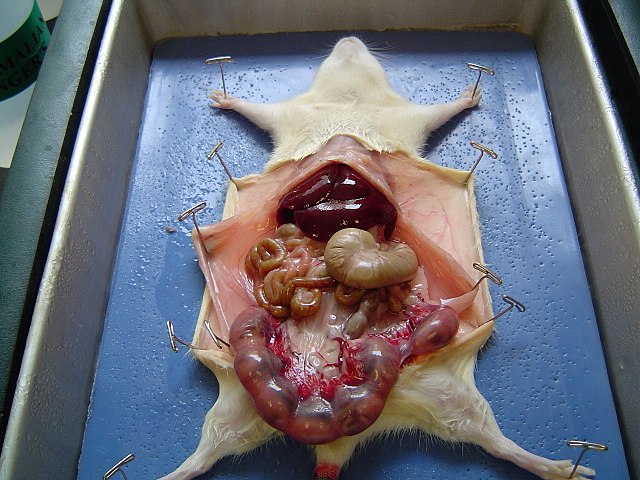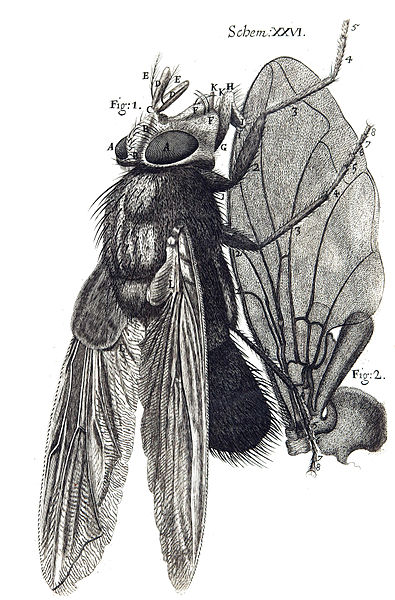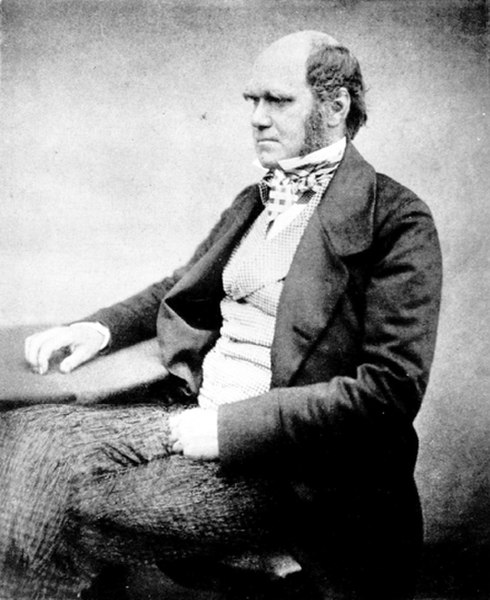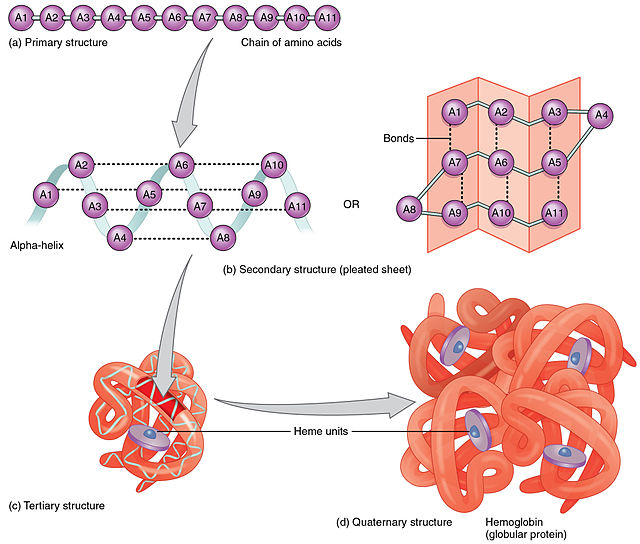Dissection is the dismembering of the body of a deceased animal or plant to study its anatomical structure. Autopsy is used in pathology and forensic medicine to determine the cause of death in humans. Less extensive dissection of plants and smaller animals preserved in a formaldehyde solution is typically carried out or demonstrated in biology and natural science classes in middle school and high school, while extensive dissections of cadavers of adults and children, both fresh and preserved are carried out by medical students in medical schools as a part of the teaching in subjects such as anatomy, pathology and forensic medicine. Consequently, dissection is typically conducted in a morgue or in an anatomy lab.
Dissection of a pregnant rat in a biology class
Ginkgo seed in dissection, showing embryo and gametophyte.
Dissection tools. Left to right: scalpels with No. 20 and No. 12 blades, two forceps and scissors
Galen (129–c.200 AD), Opera omnia, dissection of a pig. Engraving made in Venice, 1565
Biology is the scientific study of life. It is a natural science with a broad scope but has several unifying themes that tie it together as a single, coherent field. For instance, all organisms are made up of cells that process hereditary information encoded in genes, which can be transmitted to future generations. Another major theme is evolution, which explains the unity and diversity of life. Energy processing is also important to life as it allows organisms to move, grow, and reproduce. Finally, all organisms are able to regulate their own internal environments.
Biology is the science of life. It spans multiple levels from biomolecules and cells to organisms and populations.
Diagram of a fly from Robert Hooke's innovative Micrographia, 1665
In 1842, Charles Darwin penned his first sketch of On the Origin of Species.
The (a) primary, (b) secondary, (c) tertiary, and (d) quaternary structures of a hemoglobin protein








